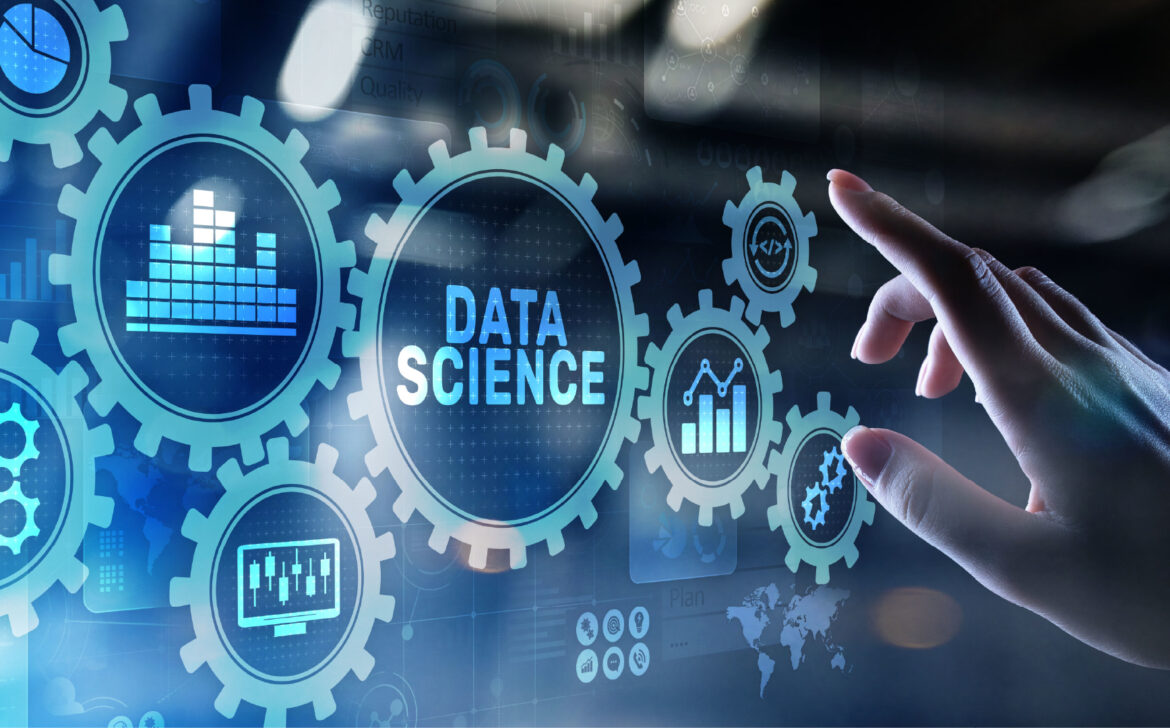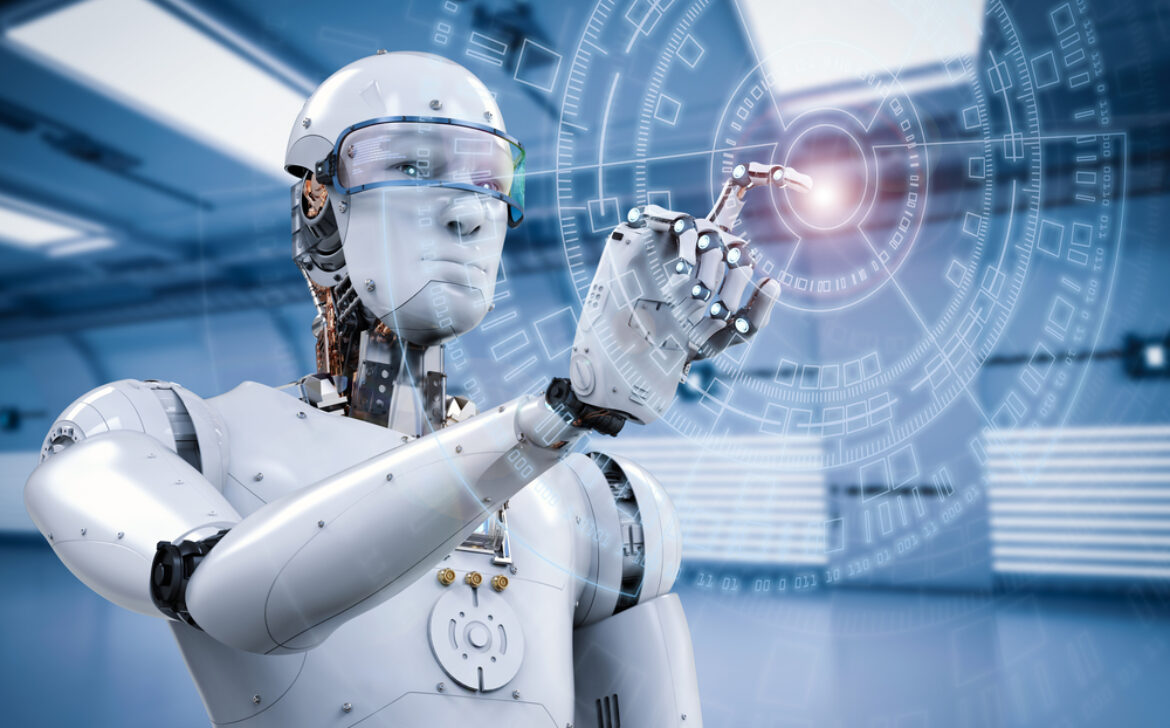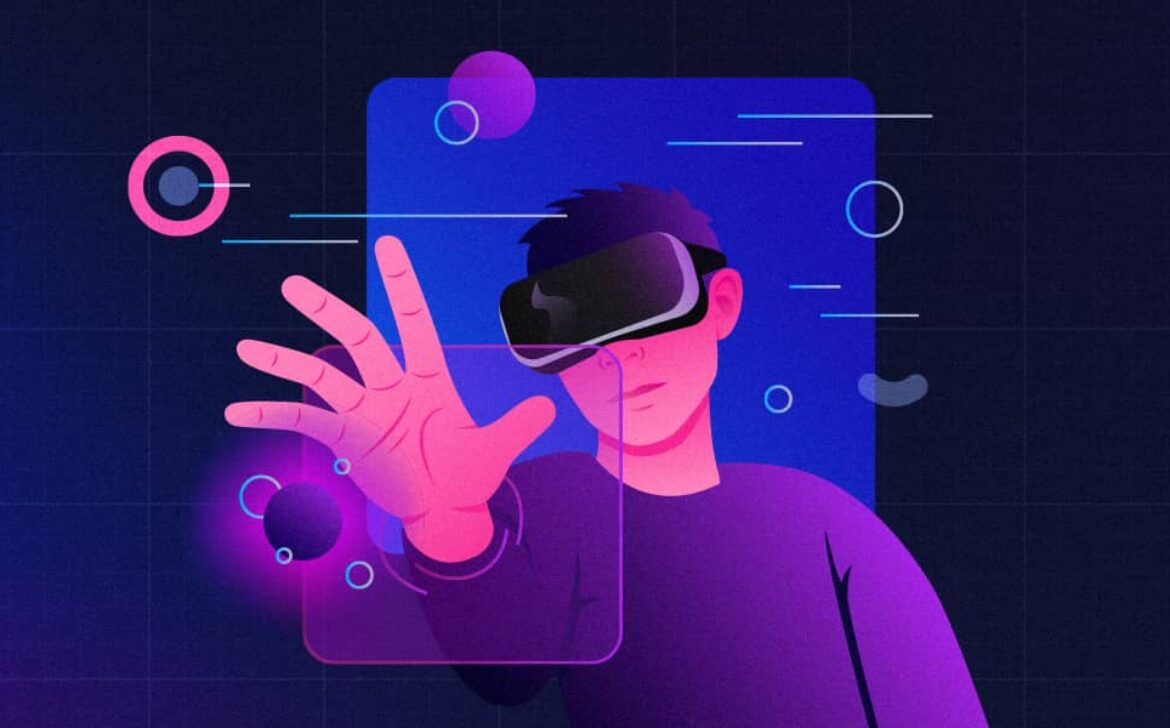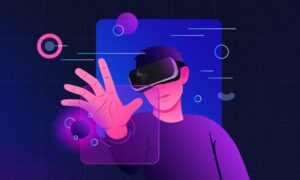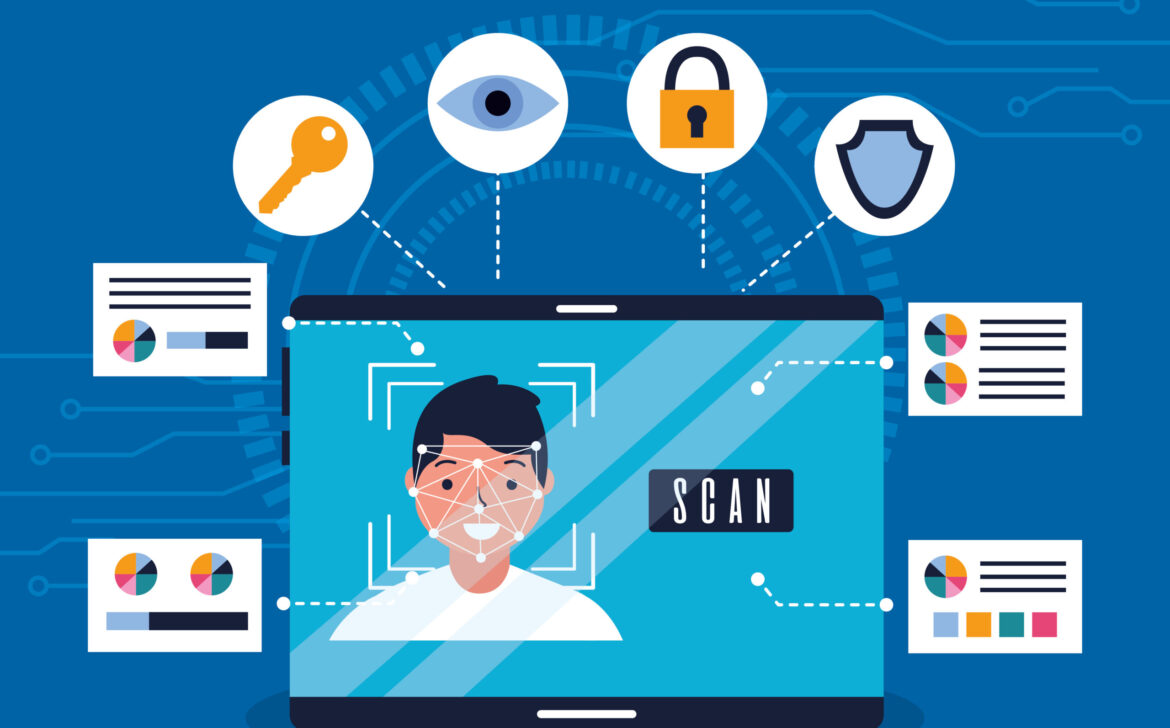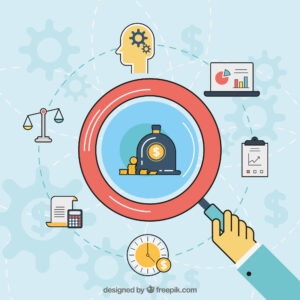Transforming Customer Experience in the Digital Era: Strategies for Success
Navigating the Digital Revolution: Transforming Customer Experience
In today’s digital landscape, the dynamic between brands and customers has undergone a radical transformation. Customer experience (CX) now plays a pivotal role in determining loyalty, satisfaction, and overall business success. This article delves into the profound impact of technology on customer interactions and outlines the strategies businesses must adopt to stay ahead in this evolving environment.
The Evolution of Customer Experience in the Digital Age
Gone are the days when customer experience was limited to face-to-face interactions or basic communication methods like phone calls and letters. Traditionally, the customer journey was straightforward and linear, with feedback loops that were slow and difficult to act upon.
The advent of the internet and digital technologies has shifted the power balance, placing customers firmly in control. Brands can no longer rely on traditional methods; instead, they must navigate a multi-channel environment where interactions can occur through websites, social media, email, and mobile apps, anytime and anywhere. This shift has raised customer expectations for quick responses, personalized experiences, and transparency in their interactions with brands.
The Power of Personalization
Personalization has emerged as a cornerstone of modern CX. By leveraging data analytics, artificial intelligence (AI), and machine learning, brands can craft tailored experiences for individual customers in real-time. Industry leaders like Amazon and Netflix have set new benchmarks by utilizing customer data to predict preferences and behaviors, delivering highly personalized and engaging interactions that resonate on a personal level.
Omnichannel Strategies: Unifying the Customer Journey
Today’s customer journey is far from linear; it involves multiple touchpoints across various channels. Customers now demand a seamless and consistent experience, whether they’re browsing online, engaging on social media, or shopping in-store. This has led to the adoption of omnichannel strategies, where brands strive to integrate every customer interaction into a unified and connected experience.
AI and Automation: Elevating Customer Engagement
AI and automation are revolutionizing the way brands engage with customers. Instant support through chatbots, virtual assistants, and predictive analytics allows brands to anticipate customer needs and deliver personalized experiences on a large scale. However, it’s essential to strike a balance between automation and human interaction to ensure authenticity and maintain customer trust.
Trust and Transparency: The Foundations of Lasting Relationships
In the digital age, trust and transparency have become paramount. Customers are increasingly aware of how their data is being used, and they expect brands to be transparent in their practices. Adopting ethical practices and communicating clearly about data usage are critical for building trust and fostering long-term relationships with customers.
Conclusion: The Future of Customer Experience
The digital revolution in customer experience is still in its early stages. As technology continues to advance, businesses must embrace innovations like AI, virtual reality (VR), and the Internet of Things (IoT) to create more immersive and personalized experiences. Moreover, aligning with customer values, such as sustainability and social responsibility, will be key to distinguishing brands in a competitive market.
In this rapidly changing landscape, continuous innovation and adaptation are essential for meeting evolving customer expectations and ensuring that businesses remain leaders in the digital era.
For more insights on how digital trends are shaping the business world, explore our Digital Transformation guide.
Learn more about AI’s impact on customer service.
Outbound links:
Check out how brands like Amazon and Netflix are leading the way in personalized customer experiences.



